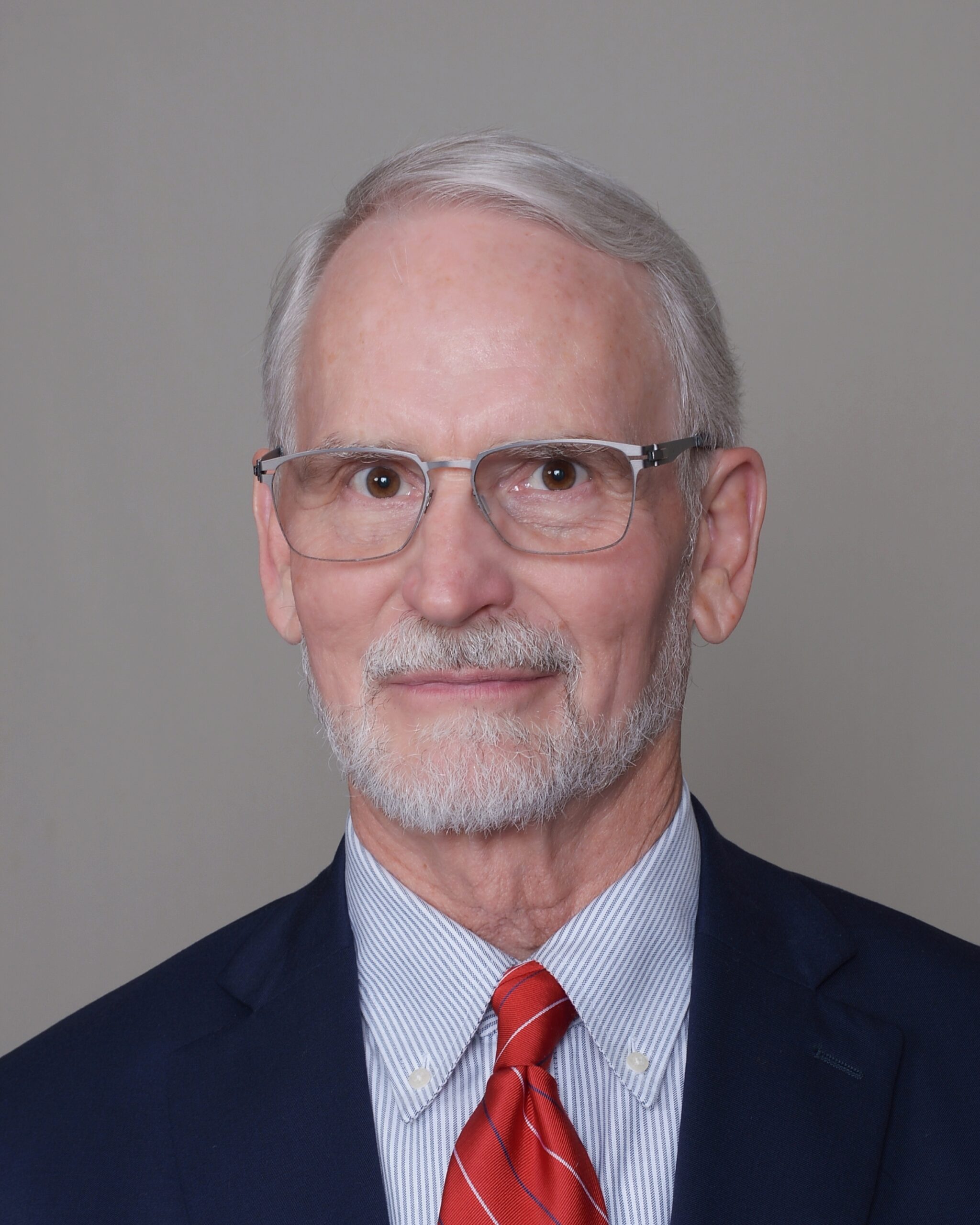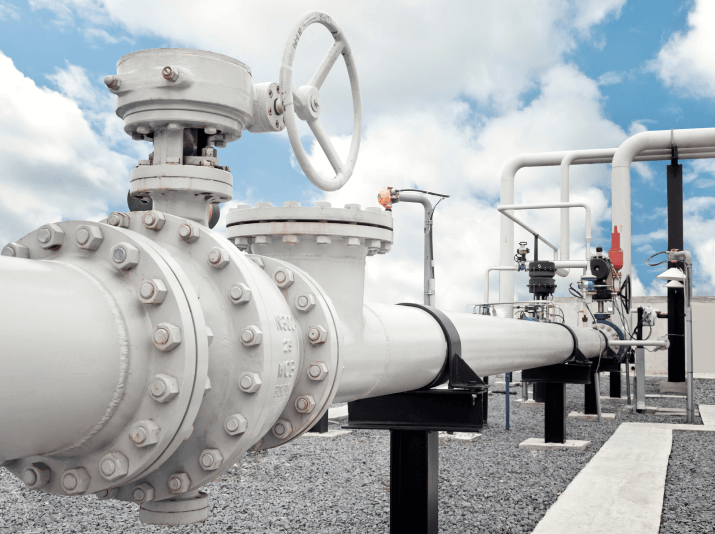Ultrasonic contrapropagation methods have been used to measure the flow of natural gas since the 1970s, flare gases since the 1980s, and smokestack gases in cem (continuous emissions monitoring) since the 1990s. Since the early 2000s, ultrasonic clamp-on flow measurements, previously restricted mainly to liquids, were found effective in measuring in standard steel pipes, the flow of steam, natural gas and other gases and vapors, including air, as long as the flow velocity was not so high as to cause excessive beam drift or excessive turbulence (in other words, below about Mach 0.1), and provided the acoustic impedance of the gas was equivalent to air above about six bar and no important molecular absorption or scattering mechanisms were present. Although the flow of gases by ultrasonics has long been thought to be more difficult to measure than liquids, in fact the measurement is easier in two important respects. One is, for the contrapropagation method, the upstream – downstream time difference is generally much greater for gases, as a consequence of the much lower sound speeds in gases compared to liquids. The other significant factor that becomes important in mass flow metering (including scfm output) is the existence of theoretical and/or empirical relationships between ultrasonic propagation and density, where either of such relationships is easier to exploit for gases than for liquids. To provide an idea of the scope of applications addressable with ultrasonic technology that is commercially available now or likely to be available in the near future, this paper starts with an analysis from the point of view of acoustic impedance; considers designs as a function of the number of nozzles, from zero to a dozen; and lists factors conducive to high accuracy versus factors detrimental to high accuracy, i.e., conducive to uncertainty
January 12, 2002
- AUTHOR: Keven Conrad, Larry Lynnworth
- January 12, 2002





